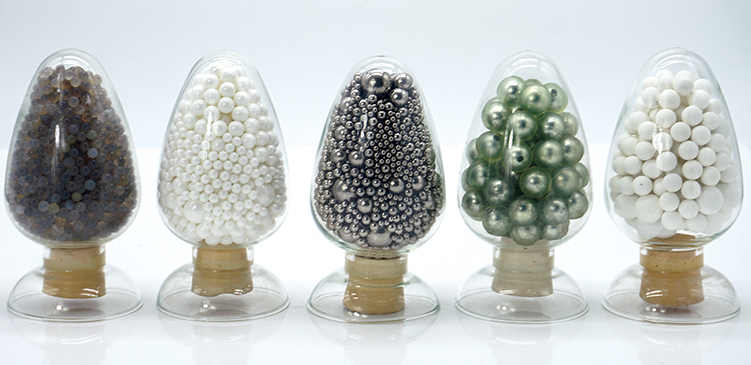Does the grinding time of the ball mill affect the wear degree of the grinding ball?
Release time:
Feb 07,2025
The grinding time of the ball mill will have a significant impact on the degree of wear of the grinding balls.
Short-term grinding (early grinding)
In the short period of time after the start of grinding, the wear of the grinding balls is mainly caused by the initial running-in with the sample and the ball mill. At this time, the surface of the grinding balls may have slight peeling or scratches due to the initial contact with the sample. This is because the uneven and sharp parts of the surface of the grinding balls and the sample will rub and collide with each other when they start grinding. However, at this stage, if the grinding ball material quality is good and the sample hardness is moderate, the degree of wear is usually relatively small.
For example, when grinding some ceramic raw materials with lower hardness, in the first few hours, the wear of the grinding balls is mainly manifested as slight scratches on the surface, which has little effect on the overall performance and quality of the grinding balls.
Mid-term grinding (grinding continues)
As the grinding time increases, the wear of the grinding balls will gradually increase. The grinding balls continue to collide, roll and rub in the ball mill, not only interacting frequently with the sample, but also increasing the collisions between the balls. At this stage, the grinding balls will suffer fatigue wear due to repeated mechanical stress.
For example, during the continuous collision process, cracks may appear in the microstructure of the grinding balls. Over time, these cracks will gradually expand and eventually lead to the peeling of the material on the surface of the grinding balls. If the sample being ground is a ore with a higher hardness, this fatigue wear of the grinding balls will be more obvious, because the high hardness of the ore will produce a greater reaction force on the grinding balls.
Long-term grinding (late grinding stage)
After a long period of grinding, the wear of the grinding balls may reach a more serious state. At this time, the size of the grinding balls will be significantly reduced, and the surface will become rough and uneven. This is because the material of the grinding balls is constantly lost due to long-term friction and collision.
When the grinding balls are worn to a certain extent, their grinding efficiency will also decrease. As the size of the grinding balls becomes smaller, their motion state and energy transfer mode in the ball mill will change, and the samples cannot be effectively ground. Moreover, the worn grinding balls may produce more fine powders, which may interfere with the quality of the samples and subsequent analysis when mixed with the samples. For example, when finely grinding powders for electronic materials, impurities produced by excessive wear of the grinding balls may affect the performance of the electronic materials.
The longer the grinding time, the more serious the wear of the grinding balls. In actual operation, the staff of the Changsha laboratory ball mill manufacturer reminded that the grinding time should be reasonably controlled according to the nature of the sample, the required grinding effect and the condition of the grinding balls, so as to minimize the wear of the grinding balls while ensuring the grinding quality.

keywords
Previous Page:
Previous Page:
→ RELATED NEWS
